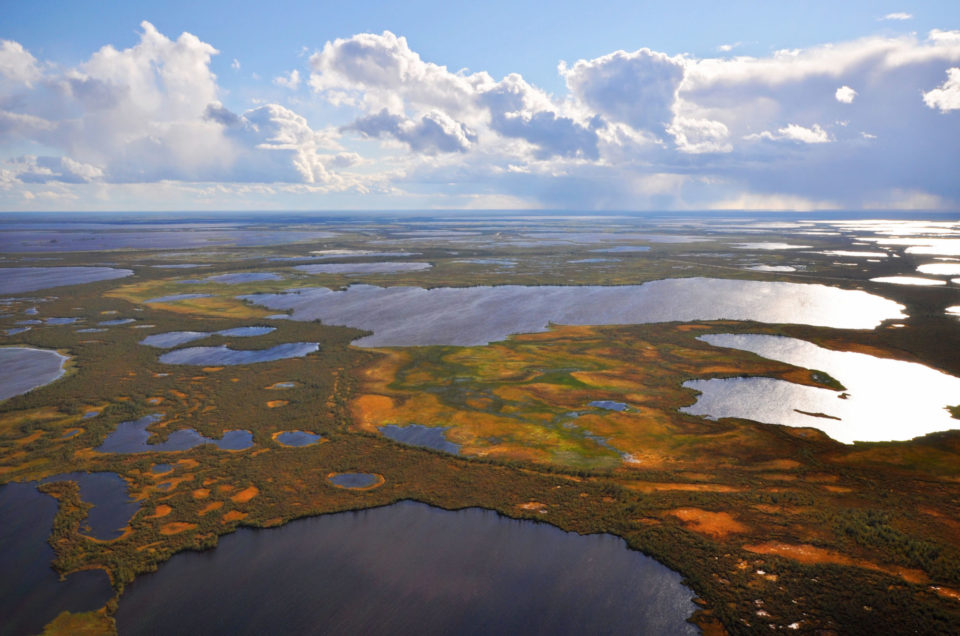
Joining forces with Russia on the wise use of wetlands
-
Peatland conservation and restoration
We have signed a Memorandum of Understanding on conservation and wise use of wetlands in the Russian Federation with the Ministry of Natural Resources and Environment of the Russian Federation.
On the eve of World Wetlands Day 2018, the MoU was signed by our CEO Jane Madgwick and Russia’s Minister of Environment Sergey E. Donskoy.
Our cooperation with environmental agencies in Russia goes all the way back to 1959. Twenty years ago this month, we established an office in Moscow, which today is hosted by WWF Russia. Since then Wetlands International Russia has implemented over 20 wetland conservation projects. These worked towards a national wetland inventory, supporting the promotion of inter-sectoral cooperation in conservation and wise use of natural resources, and the promotion of international conventions, in particular the Ramsar Convention on Wetlands.

Today our primary project is “Restoring Peatlands in Russia – for fire prevention and climate change mitigation”. This project was recognised with an award at the UN climate talks in 2017. Financed under the International Climate Initiative by the German Federal Ministry for the Environment, Nature Conservation, Building and Nuclear Safety through the KfW German Development Bank, the project also received a €1.5 million funding boost in 2017.
We implement it in partnership with the Institute of Forest Science, Russian Academy of Sciences, the Michael Succow Foundation and the Institute of Botany and Landscape Biology, Greifswald University in cooperation with the Ministry of Natural Resources and Environment of the Russian Federation and the Moscow Oblast Government.
We believe that our collaboration with the Ministry of Natural Resources and Environment of the Russian Federation will benefit the country and the world. Through the safeguarding and restoration of wetlands the nation can work towards its national climate change targets, because of the potential of peatlands to store away carbon, and reduce the risk of wildfires which can damage human health.
Header image by Irina Kamennova.
